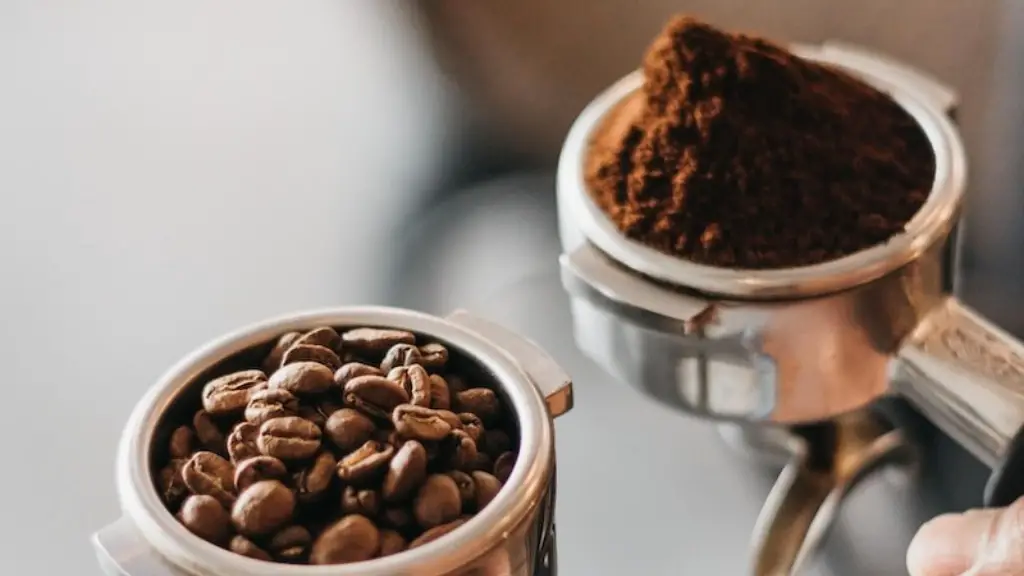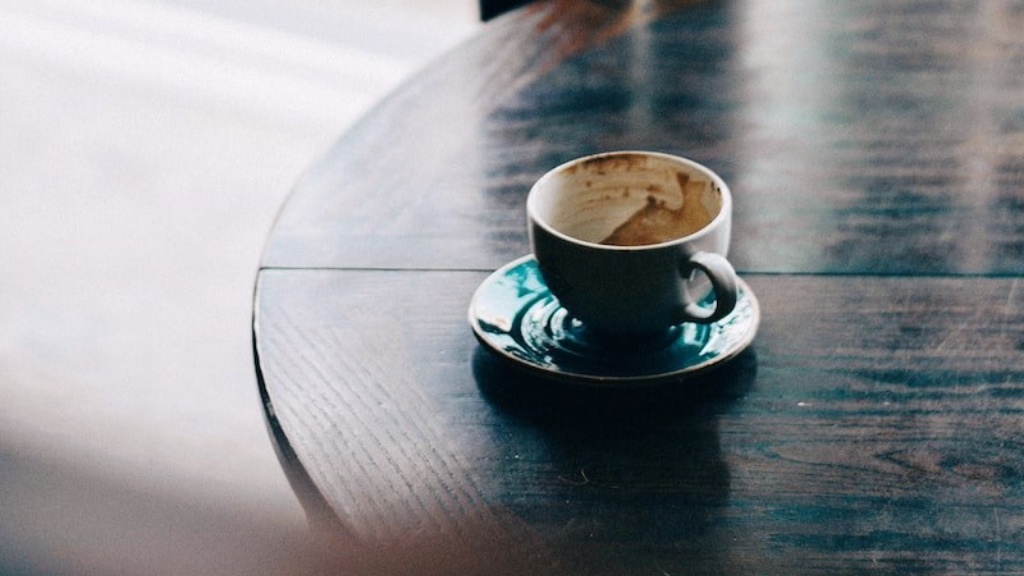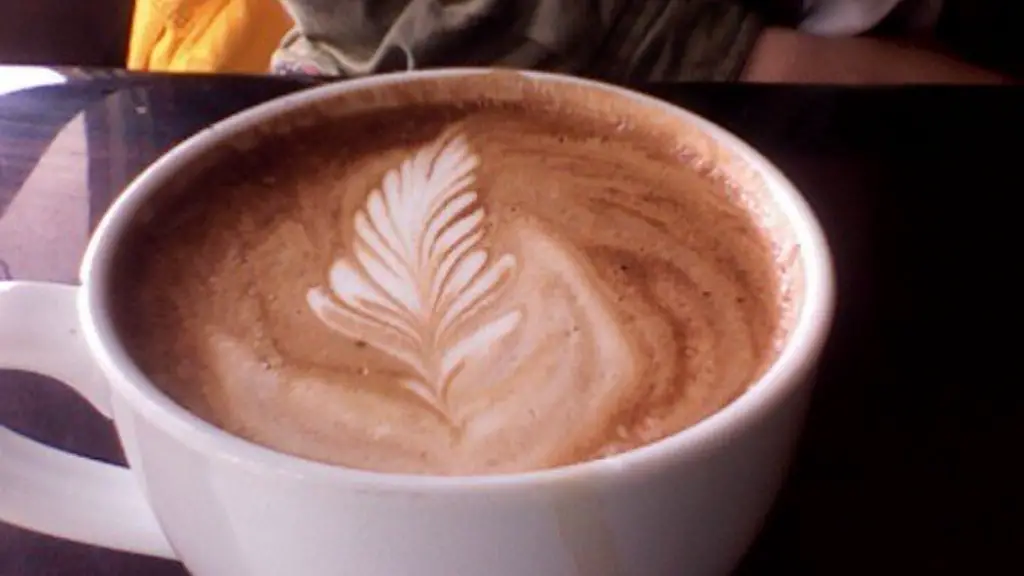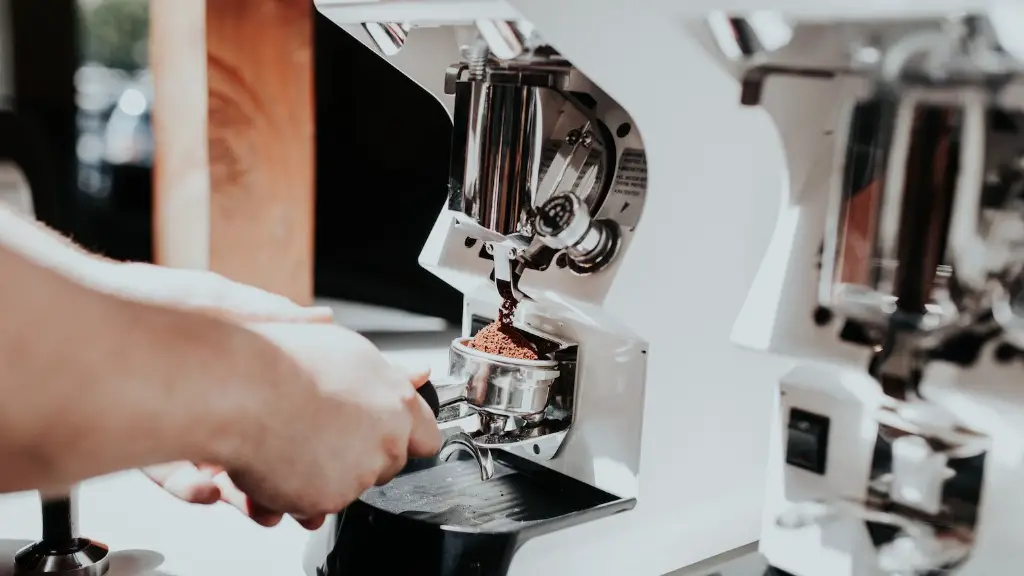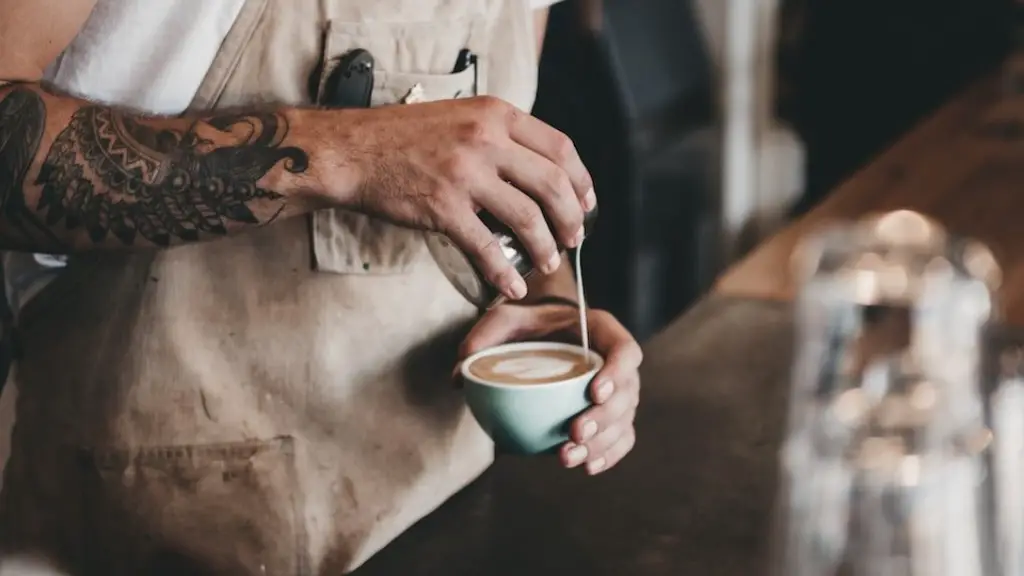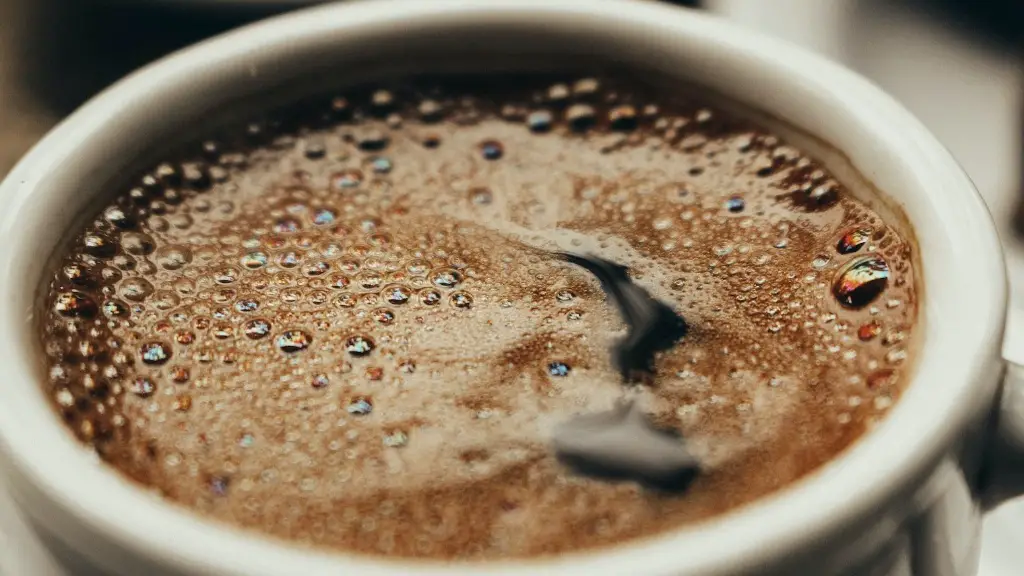How to Drink Starbucks Hot Coffee
Coffee has been an integral part of the modern lifestyle for decades and continues to influence how we consume our morning routines. Many consumers have a specific brand that they turn to for added flavor, boldness, aroma and overall satisfaction. When you’re looking for a quality cup of hot coffee, you can usually count on Starbucks, a well-known coffee chain and retail store.
If you’re new to the art of drinking Starbucks hot coffee, you’re in luck. This guide offers the complete breakdown of how to make the perfect cup so that you too can enjoy a delicious cup of coffee the way top baristas and enthusiasts do. From the right beans to oxygen extraction, water temperature, crema, and more – there’s something here for everyone to learn.
Choosing Your Beans
The foundation of a great cup of hot coffee is a quality bean. Knowing how to pick the right beans is no easy task and experienced coffee connoisseurs often taste and score coffee beans from the same country of origin based on the flavor and aromas they offer. The two main types of beans come from Arabica and Robusta coffee trees. Arabica beans are used by Starbucks and other specialty retailers to provide the desired level of flavor for their hot drinks. Starbucks relies heavily on blending and roasting the right beans to make their signature delights. Typically, Starbucks uses beans grown in Central and South America as long as they meet their standards.
When shopping at Starbucks retail stores, you can get beans by the pound or have them freshly roasted on-site. If you’re making a cup of coffee at home, it’s important to get the timing and grind of your beans just right. Doing this gives the hot water more time to extract the aromatics and flavors of the coffee. Additionally, using a burr grinder may help to increase the efficiency of grinding the beans.
Brewing the Perfect Cup
Brewing the perfect cup of hot coffee is a process that involves time, skill, and access to the right equipment. Typically, Starbucks baristas use their stock-standard equipment to craft a great cup of coffee. The first step is to bring the water to an optimal temperature of 200 degrees Fahrenheit. Oxygen extraction is required to bring out the flavors of the coffee and it is many times best done with a French Press or Swiss Gold filter.
When pouring the water, it should be poured slowly in a circular motion so that it evenly coats the coffee grounds. The last step is to sweeten, cream, or add any desired flavors. Usually, this process is controlled by baristas to make sure that the coffee is no different from any other cup.
Crema & Aesthetic
Due to their sheer skill, impressive experience, and systematic approach, Starbucks baristas are able to give a perfect cup of coffee its presence – crema. This is a thick, luscious layer of foam found on the top of the cup. It is achieved by achieving a superb grind and a well-executed extraction process. You can also identify if a barista has done a good job by looking at the size of the bubbles. If the bubbles are evenly sized, then you can rest assured that the cup was crafted with absolute perfection.
Finally, the presentation of the drink is paramount to ensuring that each and every cup of hot coffee meets the standards of each customer. This may come in the form of garnishing the cup and adding flavored sauces or powders, giving the cup a signature look that is encouraged by the baristas.
Pairing with Foods & Drinks
There are many ways to enjoy the cup of a Starbucks hot coffee. It can be enjoyed on its own or with a variety of foods to create a custom, delicious taste. Try pairing your cup with some dark chocolate and dried fruit to create a balanced snack. Alternatively, you can add some sweetness with a bit of honey or sugar. Milk and cream is also a great way to make the flavors stand out and temper the intensity of the coffee.
Additionally, other drinks such as beer and spirits can be used to accentuate your drinking experience. A glass of whiskey or beer can work wonders on a heavy, intense cup of coffee, while a lighter and more fruity-flavored coffee will come across deliciously with an herbal Gin or a light IPA.
Exploring Different Varieties
Whether you’re new to coffee or a veteran enthusiast, exploring different varieties can be an eye-opening experience. It’s a great way to expand your palate and explore new and exciting flavors. Starbucks offers a range of different coffee beans and blends that are tailored to suit different tastes.
For those who want a slightly bolder cup of coffee, opt for the Pike Place blend which has a slightly nutty, smoky flavor to it. Or if you prefer a coffee that is lighter and more balanced, the Colombia coffee blend should be perfect for you. Other than that, experiment and find the blend that speaks to your taste buds.
Storing Your Coffee
When it comes to storing your cup of hot coffee, there are certain guidelines that you should follow to ensure optimal flavor. For Starbucks coffee, it is recommended to store the beans in a glass container to protect them from the elements. You should also store the beans in a cool and dry place, away from direct sunlight. Additionally, grinding your beans right before you brew your cup of coffee is the best way to ensure the peak in flavor.
Finally, store your brewed cup of hot coffee properly at all costs. Don’t forget that the temperature of your cup will start to drop pretty shortly after brewing, so be sure to enjoy it quickly to get the full flavor experience.
Making Cold Coffee Drinks
If you’re a fan of cold coffee drinks, you’ll be pleased to know that Starbucks offers a range of cold and iced drinks that are based around their hot coffee range. Experimenting with different combinations of different beans can create unique flavors that can really lift a cold cup of coffee. Most Starbucks locations also offer cold brew options that require the grounds to steep in cold water for a long period of time and offer a smooth, rich flavor.
If you have access to a blender, you can make a variety of cold-blended coffee drinks with the beans from Starbucks. Frappuccinos, cappuccinos, macchiatos, and more are all delicious options that can be blended with ice and topped with cream or chocolate sauce for a delightful, frosty treat.
Storing Your Equipment
Finally, when it comes to cleaning and storing your coffee-making equipment, it is best to use an ethanol-based cleaner to keep the build-up of bacteria and debris at bay. Cleaning regularly will help prevent residue from accumulating in the machinery and will help you in extracting the most flavor from your beans. Additionally, always store your coffee-making equipment in a designated cupboard, away from other things that can taint the taste and freshness of your beans.
Now that you know the basics behind making hot coffee with Starbucks beans, go forth and brew the perfect cup. Don’t be afraid to get creative or use different combinations or recipes – the ideal cup of coffee is different for each person. With the right equipment and knowledge, you’ll soon master the art of hot coffee making like a pro.
Brewing with Different Coffee Makers
When it comes to coffee making, different pieces of equipment make a huge difference in terms of the overall outcome. Depending on your preference, coffee makers such as espresso machines, French presses, pour overs, and more can all be used to brew a great cup of coffee. Although not all of these machines are available at Starbucks locations, the company does offer several different types of coffee makers and accessories in their retail stores.
When brewing coffee with different machines, it is important to consider the grind, water temperature, and extraction time. Coffee makers such as the AeroPress and French press require medium to coarse grind size where as pour over machines require a much finer grind size to ensure an even extraction and full flavor. Additionally, the grind size and water to ratio should also be taken into consideration.
In terms of water temperature, some coffee makers may require an exact temperature while others may just need the water to be hot so it may be necessary to use a thermometer when brewing with a specific piece of equipment.
Controlling Extraction Time
Extraction time is also important when it comes to hot coffee making. Extraction refers to the process of passing hot water through coffee grounds in order to extract the flavorful oils and caffeine. Most coffee makers require between three to five minutes of extraction depending on the type of machine. If the extraction time is too short, the coffee may not be flavorful enough and if it is too long, the coffee may start to taste bitter.
Some coffee makers may also be equipped with a steam wand or a timer, which you can use to control the rate of extraction. Additionally, to prevent over-extraction, you can use a thermometer to measure the temperature of the water. When the water reaches the ideal temperature, turn off the machine to ensure that the flavors of the coffee are not lost.
Brewing with Different Coffee Ratios
Brewing coffee with a specific ratio of water to coffee is essential in achieving the desired flavors. Different coffee makers and brewing methods require different ratios to ensure that the extraction is not too short or too long. For example, in pour over brewing, the golden ratio is usually between sixteen to twenty-two parts of water to one part of coffee, while in a French press, the ratio is usually between one to four.
Additionally, when it comes to Starbucks coffee, baristas will often use two grams of coffee grounds for every fluid ounce of water. This ratio is often adjusted slightly based on the preference of each customer. It is also important to bear in mind that using more coffee will result in a stronger, more intense cup of coffee and vice versa.
